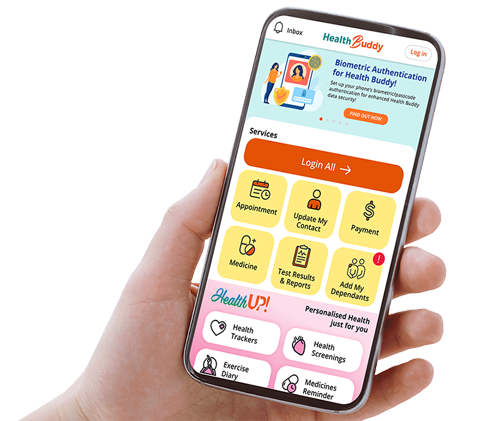Singapore National Eye Centre will NEVER ask you to transfer money over a call. If in doubt, call the 24/7 ScamShield helpline at 1799, or visit the ScamShield website at www.scamshield.gov.sg.
SNEC Global Eye Health (SNEC-GEH)
Background
The recent “Lancet Global Health Commission on Global Eye Health”1 estimated that in 2020, worldwide 596 million people had distance vision impairment (VI) and of those 43 million were classified blind and this is set to increase to 895 million (62 million blind) in 2050.
Challenges in eye care in the Asia-pacific2:
- Most populous continent with rapidly ageing population
- Increasing rates of blindness and VI due to ageing
- Diverse regions with wide disparities between economic development, population demographics, social and cultural advancement
- Significant imbalance of high-quality eye care delivery, expertise and resources
SNEC- Global Eye Health (SNEC-GEH) is well positioned to transform eye care development in Asean for the following reasons:
- We exist in the region and understand the region
- We have the commitment of strong leadership
- We have deep expertise, experience and resources to develop skills required for global ophthalmologist of the future
- We can leverage our robust social capital
Vision
To make high quality, holistic eyecare more equitable and accessible through innovation and the cultivation of a vibrant ecosystem of leadership and capacity building.
Programs and Initiatives

More information
General enquiries
References
- Burton MJ, Ramke J, Marques AP, et al. The Lancet Global Health Commission on Global Eye Health: vision beyond 2020. Lancet Glob Health. Apr 2021;9(4):e489-e551. doi:10.1016/S2214-109X(20)30488-5
- Yusufu M, Bukhari J, Yu X, Lin TPH, Lam DSC, Wang N. Challenges in Eye Care in the Asia-Pacific Region. Asia Pac J Ophthalmol (Phila). Sep 08 2021;10(5):423-429. doi:10.1097
Stay Healthy With
© 2025 SingHealth Group. All Rights Reserved.

















